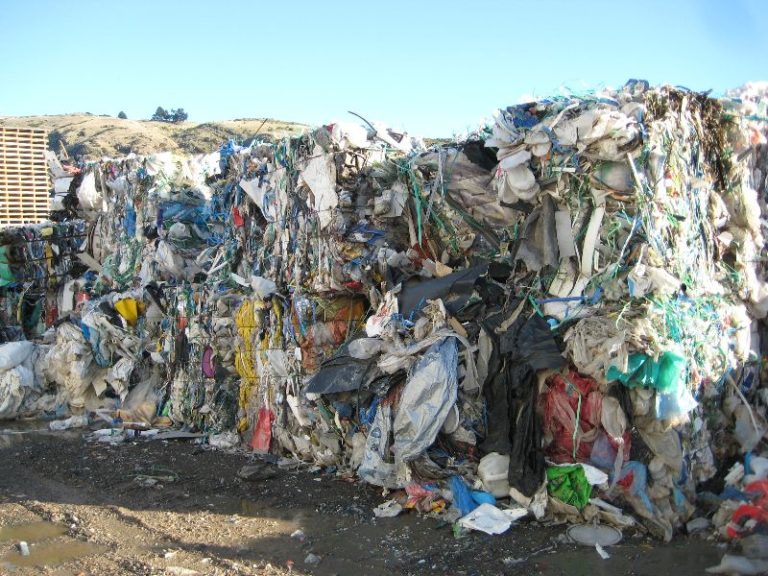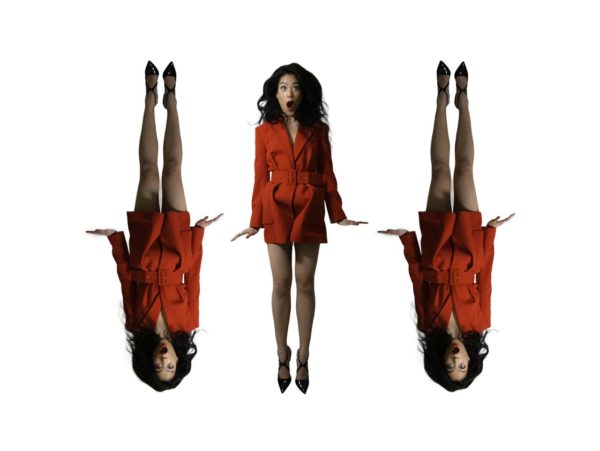Photo by Alexander Suhorucov from Pexels
Table of Contents
In a modern society that prides itself on abolishing slavery and colonialism, the recent rise in hate crimes against people of color has been alarming and eye-opening.
And it’s not just overt acts of racism that are being called out now. People are starting to speak out against institutional and cultural systems that continue to oppress and exploit people of color, especially in the clothing industry.
Last year’s #PayUp movement, headed by Remake, called on fashion brands and retailers to pay the billions of dollars they owed their suppliers in Asia. The pandemic hit the garment industry hard. In an effort to protect their bottom line, many of them cancelled orders or refused to pay for goods that were already finished, leaving millions of garment workers with no jobs, severance pay, or healthcare.
The most troubling part about the cancelled orders is that what these corporations did is protected by law, thanks to the “force majeure” clause. It allows one party to avoid liability in case “acts of God” or something beyond human control occurs.
Legal, yes. But ethical? Definitely not.
The days of sword-swinging conquistadors may be long gone, but in their place are smartphone-toting business executives, wielding power over millions of brown and black factory workers.
Institutional Racism in Fashion
That incident is an example of institutional racism, a type of racism that’s deeply rooted in a colonial past.
Sometimes referred to as systemic racism, it is racial injustice that is built into the very structure of society. Mary Frances O’Dowd, Senior Lecturer of Indigenous Studies at CQUniversity Australia says, “It is the white superiority that is captured in everyday thinking at a systems level: It looks at the inequalities at a larger scale, rather than looking at one-on-one interactions.”
It lingers in our laws and regulations, cultural biases, education, hiring practices, and businesses.
Institutional racism is the reason why people of color don’t have the same access to opportunities and power in decision making, resulting in these groups having lower incomes, less social mobility, and higher exposure to health hazards and toxins.
The days of sword-swinging conquistadors may be long gone, but in their place are smartphone-toting business executives, wielding power over millions of brown and black factory workers.
How Does the Fashion Supply Chain Contribute to Environmental Racism?
As consumer demands rise, clothing companies are scrambling to produce more, fast, and with as little cost as possible.
The fashion supply chain is known to be resource and labor intensive. Manufacturing alone consumes tons of water, crops, and chemicals. Many of the toxic by-products end up polluting the water supply and the air. In manufacturing countries such as Bangladesh and China, rivers are literally turning black, filled with toxins that increase the communities’ risk of cancers and acute diseases.
Outsourcing labor to the Asia Pacific Region is a common practice, where brands take advantage of cheaper labor costs and less strict environmental regulations. In fact, Asia has been dubbed as the “clothing factory of the world” by the International Labour Organization. The region produces 60% of the world’s total apparel, most of it headed for the Western market.

Photo by Mostafiz Uddin, from The Financial Times
Oftentimes, these workers don’t get paid a decent living wage, have no healthcare, and work in poor conditions. One of the most fatal consequences was the infamous Rana Plaza building collapse in 2013, which killed more than a thousand garment workers in Bangladesh. It exposed the exploitative practices of the garment industry; but 8 years later, not much has changed.
Most of the economic and health risks are felt by the bottom of the hierarchy- the subcontracted suppliers, workers, and communities get the short end of the stick while the majority of the economic benefits are enjoyed by the people on top.
As clothes end their life cycle, people of color, yet again, are unfairly impacted. In Ghana, as much as 300,000 tons of clothing coming from the UK are piled high in their landfills and washing up on their seashore.
The fashion industry has successfully sold us the narrative that we constantly need new clothes each season, each year. We may have been unwilling participants in this system, but it’s not too late to change.

Fast fashion waste in Ghana (photo: The Borgen Project)
Our Role as Consumers
As consumers are now becoming more aware of sustainable and ethical shopping practices, some governments and private organizations have set up certifications for brands. These certifying bodies look into each step of the supply chain, making sure that the manufacturing of a product adheres to highly standardized sustainable principles. This could mean using only organic fibers, paying fair wages to workers, or meeting clean manufacturing goals.
This is very helpful for conscious shoppers, as it reduces the amount of research or guesswork that goes before buying. Bigger corporations with budgets will also find that getting certified will give them an edge and help attract a larger audience.
However, it might pose a challenge for smaller sustainable businesses who may not have the extra finances to get these certifications. For example, textile certifications from OneCert starts at $1,600, while the average cost of an OEKO-TEX® certificate in the U.S. is $6,500.
We love fashion and looking good, but not at the expense of the environment and our fellow human beings. Aside from purchasing from brands that carry green certifications, here are some ways on how you can help stop environmental racism:
How to Start Tackling Systemic Racism In Sustainable Fashion
- Ask questions. Be curious about where your clothes come from. Ask the following: Who made them? Was it manufactured as ethically as possible? What happens to my clothes when I get rid of them?
- Value your clothes. Treat them with care to make them last longer. Viewing each item of clothing as a potential contributor to waste will also make you think twice before disposing of a perfectly good piece of clothing.
- Be aware of brands who don’t walk the talk. A lot of companies will ride on any new, trending issue to boost their image, even if they don’t actually practice it. US brand Anthropologie got a major backlash after posting messages of support to the #BLM movement. Commenters came out sharing stories of racial profiling in Anthropologie stores and discrimination in the workplace.
- Support BIPOC-owned brands. Vote with your wallet by spending your money on BIPOC entrepreneurs and designers. Check out this guide to 20 BIPOC fashion brands that we put together!
- Share your knowledge. A lot of people are still not aware of how clothes, particularly fast fashion, impact the environment. Engage the people around you in friendly discussions and shed some light about the situation, but make sure not to shame anybody for their choices.
- If you come from a position of privilege, use it wisely. Failing to see the difference between equality and equity can be harmful in the long run. Each individual comes with different abilities, circumstances, and backgrounds. Equality simply means giving the same thing to everyone and expecting all of them to arrive at the same point. Pushing for equity takes these individual differences into consideration, and giving the amount of help that’s needed to meet their goals.








